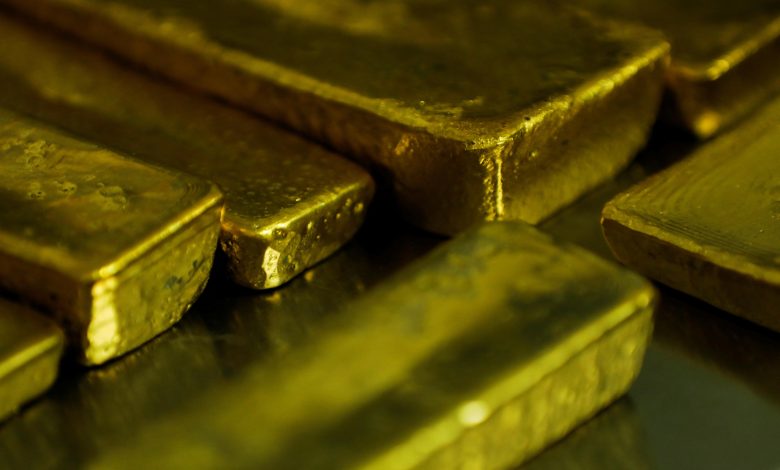World’s central banks continue to keep faith in gold despite sky-high prices

[LONDON] Global central banks currently hold some 1.16 billion ounces of gold that are collectively worth in excess of US$3 trillion, according to fresh data by the International Monetary Fund (IMF).
The precious metal – which the late British economist John Maynard Keynes once famously dubbed a “barbaric asset” – now accounts for just under a fifth of the total US$15.45 trillion worth of gold and foreign exchange reserves held by the world’s central banks.
The IMF data shows that while the US dollar’s share has fallen steadily during the past decade, the greenback remains the prime reserve asset. The US dollar accounts for US$6.7 trillion, or 43 per cent of gold and foreign exchange reserves.
Coming in at a distant second place is gold (19.8 per cent), followed by the euro (14.7 per cent), the Japanese yen (4.2 per cent), the British pound (3.7 per cent), the Canadian dollar (1.9 per cent), the Australian dollar (1.7 per cent) and the Chinese renminbi (1.6 per cent).
Gold’s share in central bank reserves has risen because central banks have bought 305 million ounces in the past 15 years. The price soared to an all-time peak of US$2,685 an ounce in September, and it has only slipped slightly to US$2,653 as at Monday (Oct 7) evening.
Volatile price
With the price of gold being exceedingly volatile, analysts say that gold’s proportion in global central bank reserves is expected to fluctuate in the coming weeks.
BT in your inbox

Start and end each day with the latest news stories and analyses delivered straight to your inbox.
The precious metal’s performance has been strong because the central banks of China, Russia and Turkey have purchased large quantities over the last few years.
Many investors fear that Iran’s missile attacks on Israel will escalate and will have a big impact on the price of gold, too.
The ongoing war in Ukraine, global sanctions against Russia, and United States-China tensions have also helped boost interest and investments in gold.
As interest rates have started to fall, a weaker US dollar has also given gold a sizeable boost.
Despite gold’s value as a monetary asset, experts say it is exceedingly difficult to predict how prices will move.
At the start of the year, the London Bullion Market Association surveyed over 20 precious-metals dealers and analysts.
Only one predicted US$2,500 an ounce, while several thought the price would hover around the US$2,300 mark.
As momentum picks up, Swiss banks such as UBS and Lombard Odier continue to recommend gold to long-term investors.
Jeffrey Christian, an analyst at precious-metals consultancy CPM, thinks that the current price of gold has already factored in the impact from global developments such as wars.
After gold began to surge from just under US$2,000 an ounce in February, he noted that central banks started to reduce their purchases of the metal.
Some central banks, including the Monetary Authority of Singapore, began to take profits when gold went past US$2,400 an ounce, he added.
Meanwhile, jewellery firms in India, Hong Kong, Taiwan, Singapore and elsewhere are finding themselves under acute pressure as they try to counter the steep price of gold.
Analysts said that many firms are adjusting the mix between gold and the much-cheaper silver and platinum in their jewellery designs, in an effort to keep prices of the finished products lower.
All eyes are still firmly on the gold market in India – the world’s second-largest gold consumer after China – after the federal government in July said that it would slash the import duty on the metal from 15 per cent to 6 per cent.
The move helped to ease sky-high prices and give the commodity a much-needed boost in demand ahead of the year-end festive season, when it is considered auspicious to purchase bullion.

